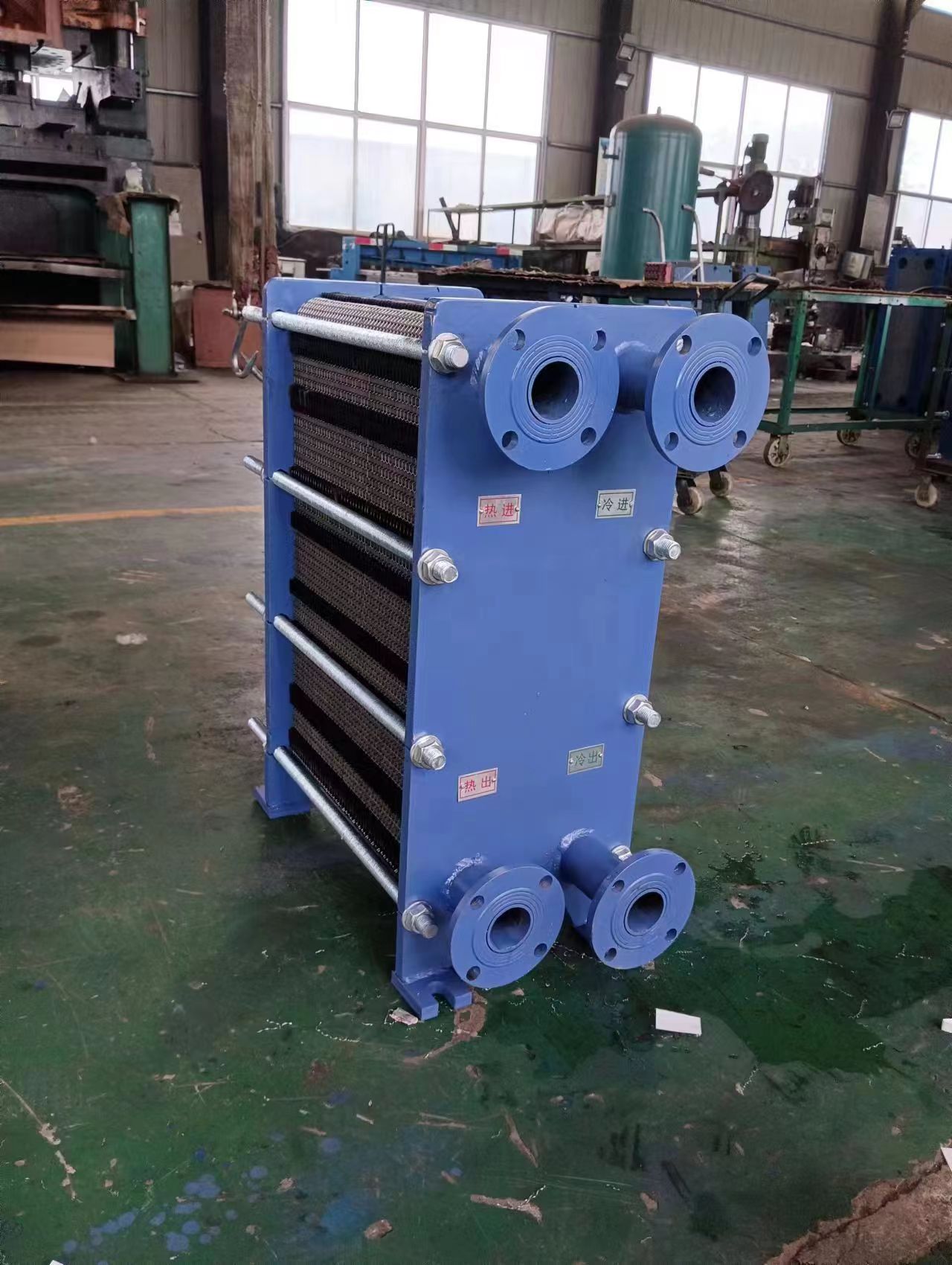Product Overview
It features a carbon steel tube core (1018 steel, selected for its high strength and thermal conductivity) coated with a 200μm thick fusion-bonded epoxy (FBE) layer—applied at 220°C to ensure full adhesion and uniform coverage. The tube is also fitted with stainless steel 316 fins (mechanically bonded via roll-forming), creating a dual-defense system against rust and chemical degradation. The 1m length is optimized for tight spaces (e.g., under-sink water heaters, narrow municipal water pipes) and simplifies modular installation (e.g., connecting multiple tubes for longer runs). It is ideal for both indoor (e.g., residential plumbing) and outdoor (e.g., agricultural irrigation) water transfer applications, where corrosion from water or soil is a major concern.

Product Features
Corrosion Protection: The 200μm thick fusion-bonded epoxy coating (meeting ISO 1461 standards for hot-dip galvanizing and coating) achieves a corrosion rate of <0.001mm/year in pH 4-10 water—exceeding ISO 12944 C5 (high corrosion resistance) standards. The epoxy coating is also resistant to abrasion (with a pencil hardness of 3H) and chemical attack from common water treatment chemicals (e.g., chlorine, fluoride). The stainless steel 316 fins add an extra layer of protection, resisting corrosion from saltwater or agricultural fertilizers.
Compact Design: The 1m length simplifies installation in tight spaces, such as under-sink water heaters (where 4m tubes would be too long) or narrow municipal water mains (with limited clearance). It is compatible with quick-connect fittings (e.g., push-to-connect, compression fittings) that allow for rapid assembly—reducing installation time by 50% compared to welded tubes. The compact length also makes transportation easier, with fewer handling risks (e.g., bending, denting) than longer tubes.
Flow Efficiency: The inner surface of the carbon steel core is polished to Ra <0.4μm, reducing friction and pressure drop by 15% compared to standard finned tubes. This lower pressure drop reduces the load on circulating pumps, extending pump service life by 30% and lowering energy consumption. The smooth inner surface also prevents sediment buildup (e.g., sand, dirt) in water distribution systems, reducing the need for frequent cleaning.
Temperature Range: Operates from -20°C to 95°C, covering the full range of temperatures for hot and cold water systems. At -20°C, the epoxy coating remains flexible (glass transition temperature, Tg, of -40°C) to prevent cracking in freezing conditions—critical for outdoor irrigation lines in cold climates. At 95°C, the coating retains its adhesion to the steel core, avoiding peeling that can expose the core to corrosion.
Applications
Municipal water supply networks, where the epoxy coating resists corrosion from chlorine-treated water and soil chemicals.
Industrial wastewater treatment systems, handling water with high levels of organic matter and chemicals (e.g., heavy metals) without degradation.
Agricultural irrigation lines, delivering water and fertilizers to crops while resisting corrosion from fertilizers (e.g., ammonium nitrate) and soil salts.
Swimming pool heating circuits, where the stainless steel fins and epoxy coating resist corrosion from chlorine and saltwater (for saltwater pools).
FAQ
Can it be buried underground?
Yes, the fusion-bonded epoxy coating is designed for underground use, resisting corrosion from soil moisture, bacteria, and chemicals. For optimal performance, a recommended burial depth of 0.8-1.2 meters is suggested to protect against external impact (e.g., from construction equipment) and temperature fluctuations. In rocky terrain, additional polyethylene sleeving (2mm thickness) is recommended to prevent abrasion of the epoxy coating by rocks or gravel. The tube is also compatible with cathodic protection systems (e.g., sacrificial anodes) for long-term underground use in highly corrosive soils (e.g., clay soils with high salt content).
Is it compatible with chlorine-treated water?
Yes, it withstands chlorine concentrations up to 5ppm (the maximum level allowed in municipal drinking water) without degradation. The epoxy coating is impermeable to chlorine, preventing it from reaching the carbon steel core and causing rust. The tube also meets NSF/ANSI 61 standards for drinking water system components, confirming that it does not leach harmful substances (e.g., heavy metals) into the water—making it safe for residential and commercial potable water applications. For swimming pools (with chlorine concentrations up to 3ppm), the stainless steel 316 fins provide additional resistance to chlorine-induced corrosion.
How to repair surface scratches?
For minor scratches (depth <50μm, which do not penetrate the epoxy coating), use the provided touch-up epoxy kit (included with each tube). The kit contains a two-part epoxy (base and hardener) that matches the original coating’s color and properties. Clean the scratched area with isopropyl alcohol, mix the epoxy per instructions, and apply a thin layer (50-100μm) with a small brush. Allow 24 hours to cure at room temperature before putting the tube back into service. For deeper scratches (depth >50μm, which expose the carbon steel core), professional recoating is required—contact the manufacturer for a certified technician to apply a new epoxy layer and prevent corrosion.


















